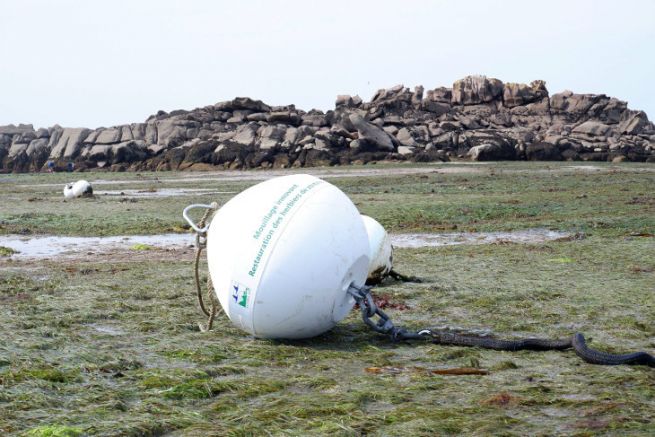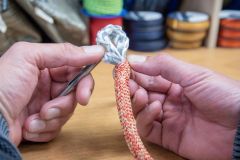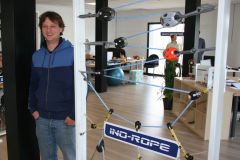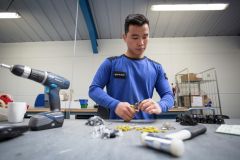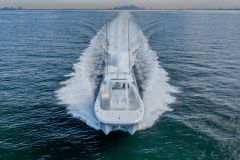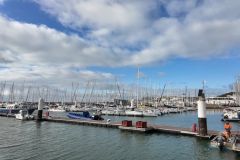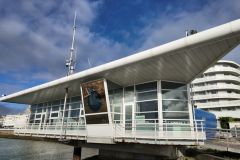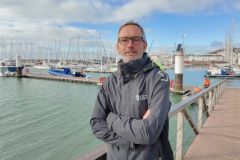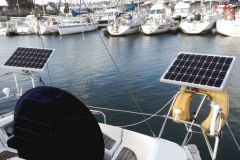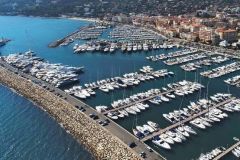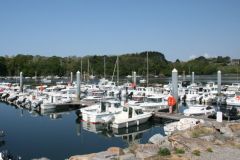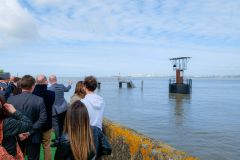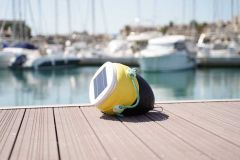Protecting the underwater flora of anchor chains
Replacing metal with textile is the core business of Ino-Rope. The nautical equipment manufacturer based in Concarneau started out in ocean racing, but it now applies its know-how to yachting, but also to industry and maritime and port engineering. For example, he has replaced anchor line chains on dead bodies with textile rope. "The origin goes back to 2016/2017. We had been contacted by the commune of Fouesnant for the anchorages of the Glénan archipelago, classified as a Natura 2000 zone. The goal is to protect the eelgrass beds by avoiding the scraping of the bottom by the anchoring chain" explains Léna Morizur, in charge of marketing and communication of Ino-Rope.
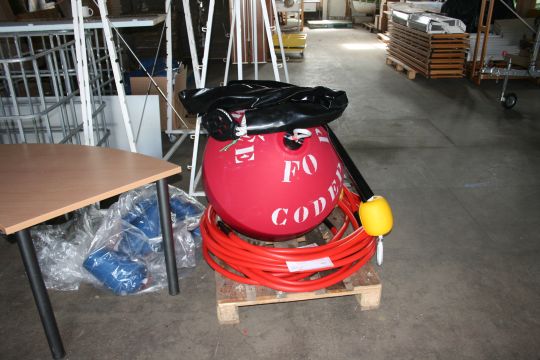
Almost 100% textile port mooring lines
As the development progresses, the metal parts disappear from the anchoring chain proposed by Ino-Rope. If there are still some shackles and a metal ballast, the line is approaching 100% textile. A tubular fouling guard from the neighboring company Nautic Innovation protects the line connecting the mooring body to the mooring buoy. By varying the materials used and with the help of a plastic shock absorber, the overall assembly retains the elasticity necessary to absorb the movements of the sea. "The product is starting to be really mature, even if we would like to continue to remove a few more metal shackles for textile", says Ino-Rope's manager, Thibault Reinhart.

Longevity and ease of work for port agents
Beyond the protection of the seabed, the use of textile mooring lines brings other advantages. Ino-Rope indicates that the duration between 2 maintenance operations can reach 10 years for its products against 3 for metallic chains. If the non-recyclability of a good part of the fibers used weighs in the ecological balance compared to steel, their lightness requires more limited tools and protects the health of port agents. "As for resistance, the 150 moorings we have installed for Algolesko over the past 4 years, which breeds seaweed off Lesconil, a not particularly calm area, should reassure all boaters," emphasizes Thibault Reinhart.
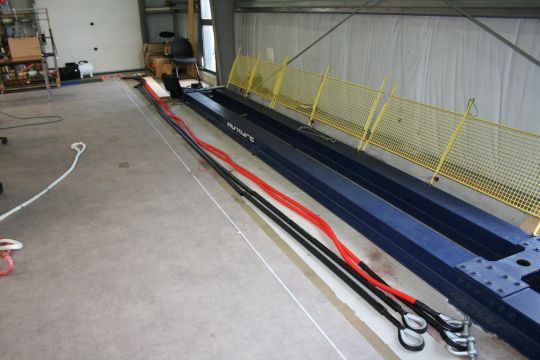
Commercial Advancement
Textile wetting systems are beginning to develop, but they must find their place in the specifications of calls for tenders that are most often tailored to traditional metal chain solutions. To meet this challenge, Ino-Rope has joined forces with installers. "Development is progressing in the west of France. We have installed some in Billiers, with the Compagnie des Ports du Morbihan, or in Saint-Malo above a wreck that had to be protected from damage by chains. There are still projects to come" concludes Léna Morizur.

 /
/ 